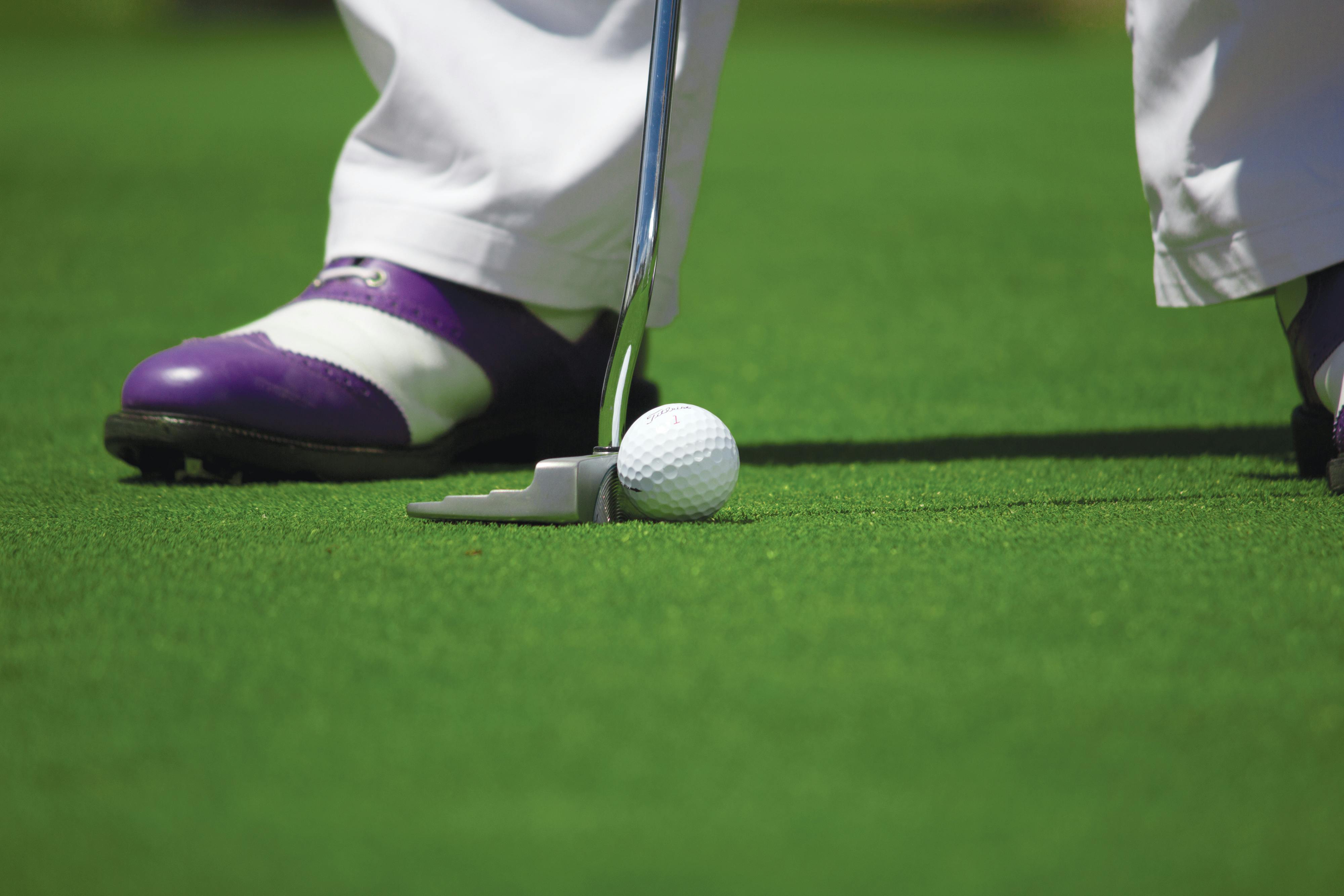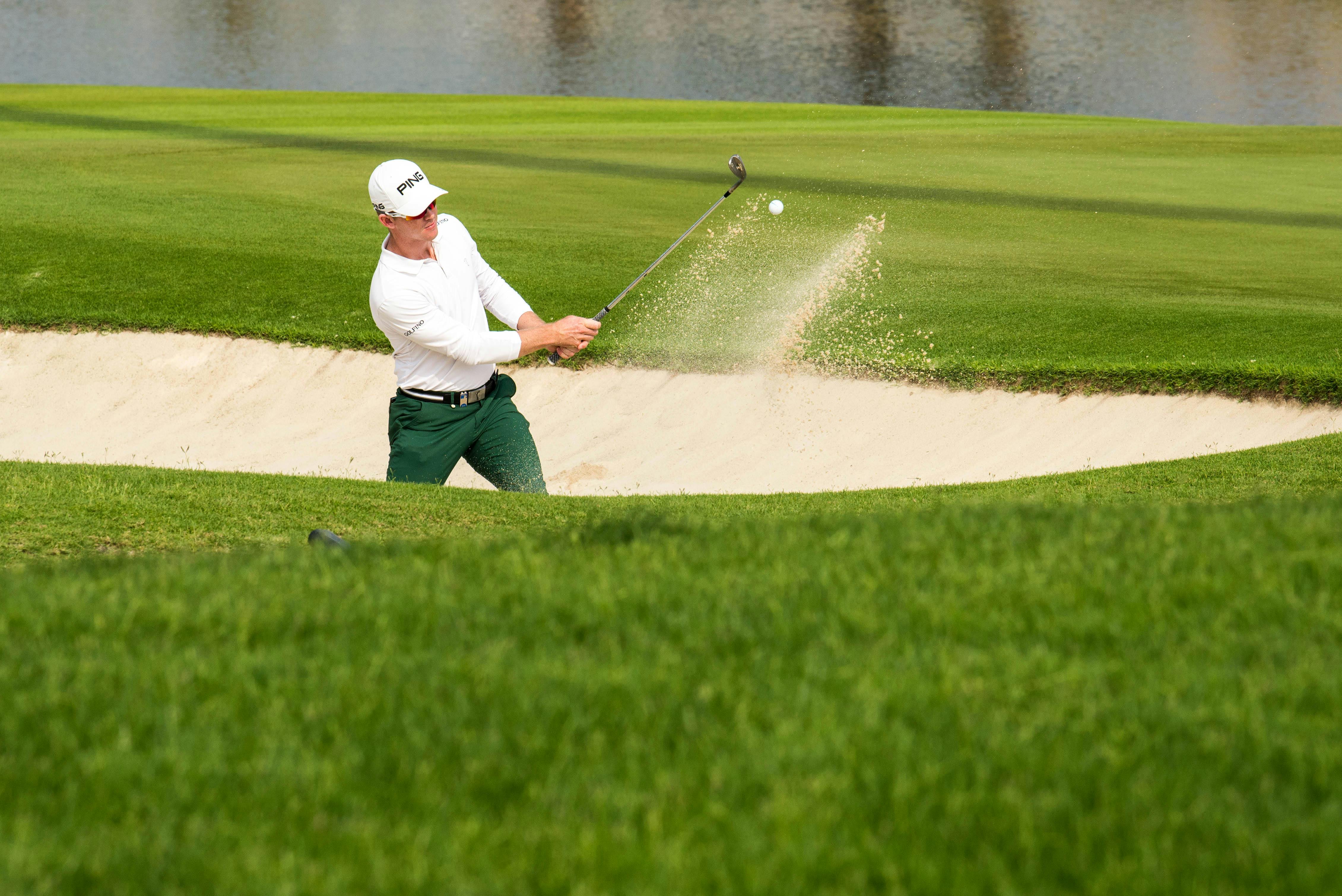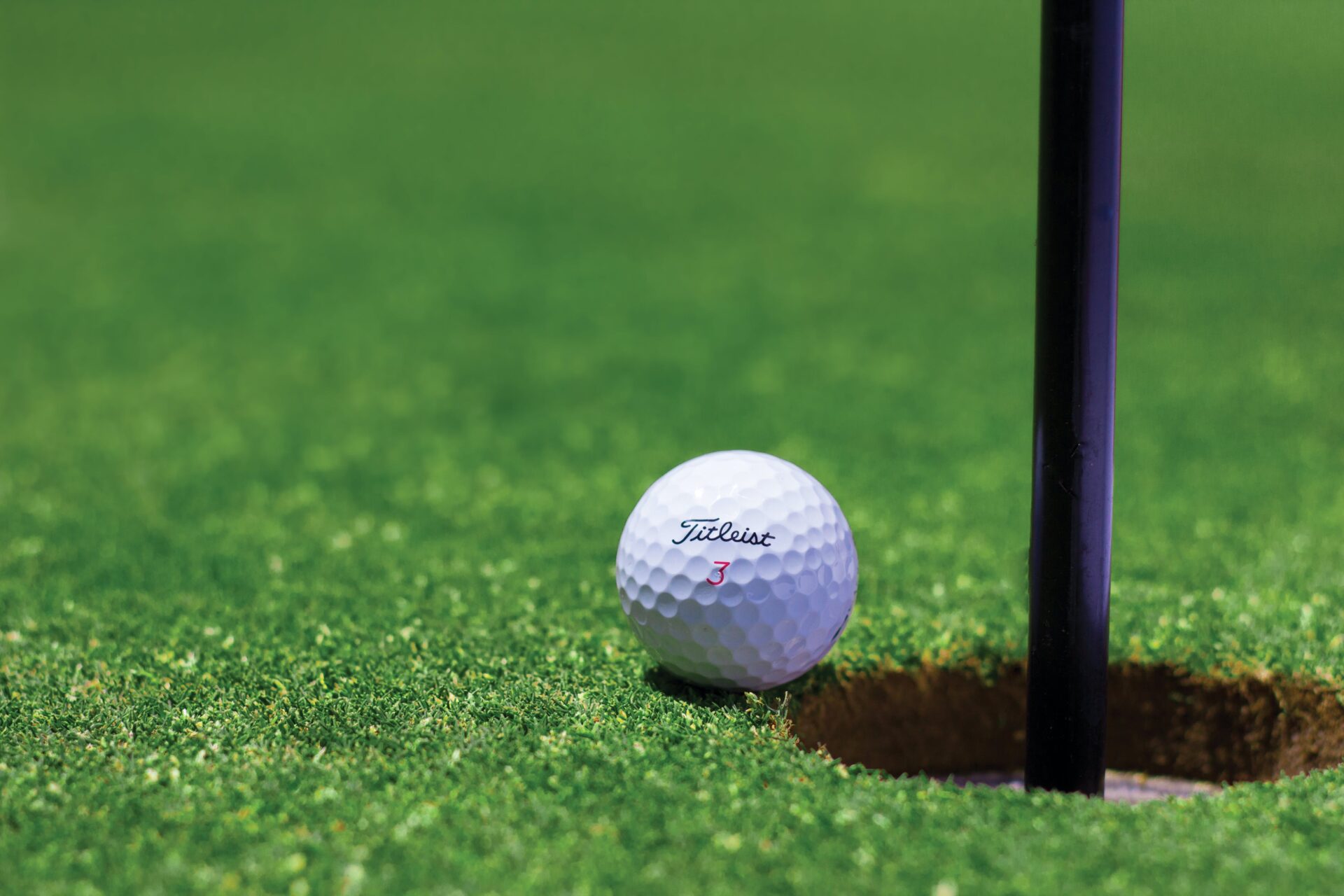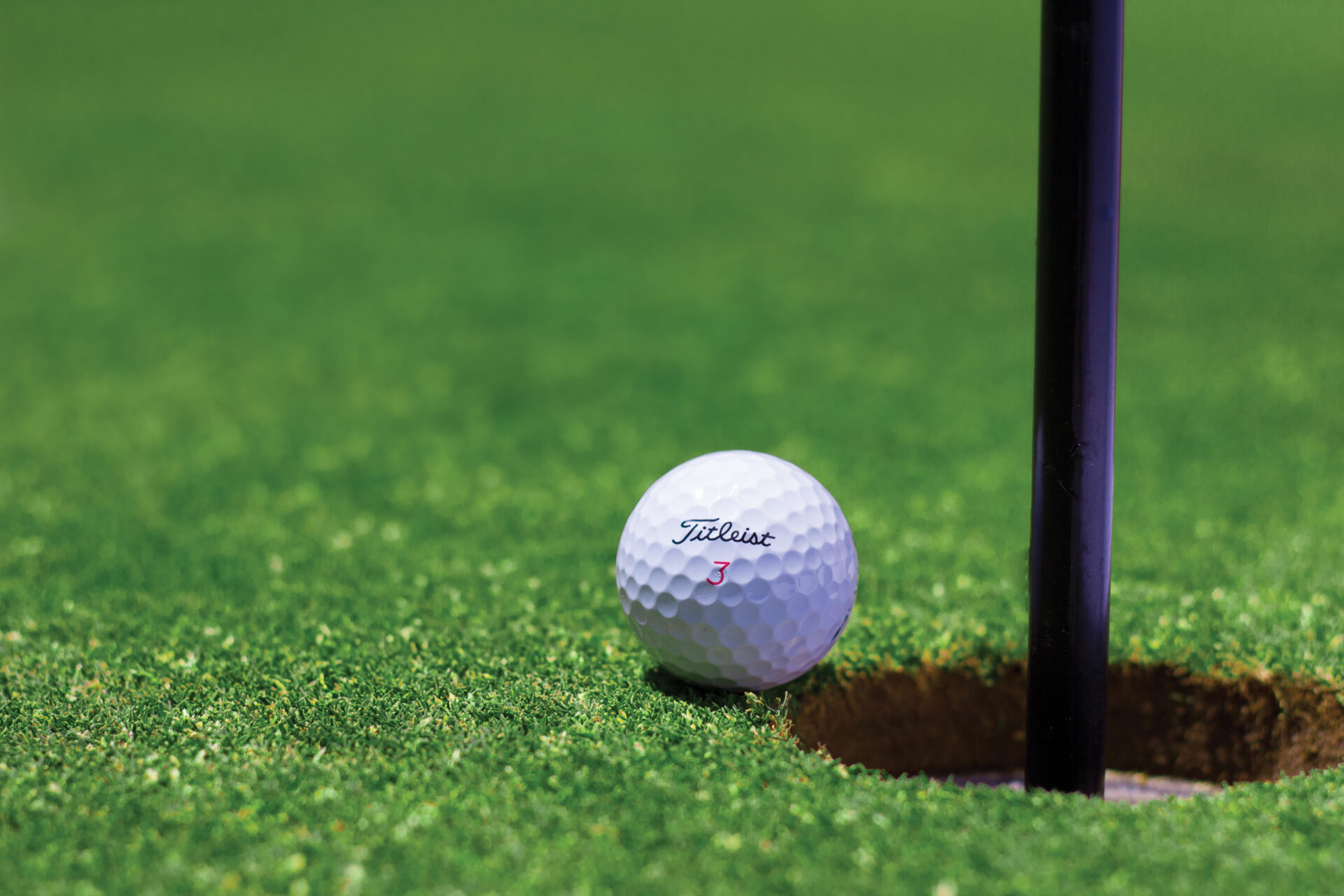Welcome to our Golf Ball Guide: What Golf Ball Should I Play? In this guide, we’ll provide valuable information about the different types of golf balls available so that you can make an informed decision when choosing the right ball for your game. We’ll discuss the various factors you should consider when selecting a golf ball, and provide information on features such as spin rate, compression, and dimple design. Finally, we’ll offer helpful advice for choosing the best ball for your skill level and playing style.Understanding golf balls is important for any golfer who wants to improve their game. Golf balls are designed with dimples to cause the ball to spin and fly farther when hit with a golf club. The surface of a golf ball is composed of a solid core and a tougher outer layer that helps create the spin necessary for an accurate shot. Different types of golf balls are designed for specific levels of play, from beginner to professional. The size, weight, and construction of each ball vary depending on its intended use. Understanding how each type of ball behaves will help golfers make informed decisions when selecting the best ball for their game.
Different Types of Golf Balls
Golf balls are an essential part of the game of golf, and each type has its own unique characteristics. Golfers have many choices when it comes to selecting the right ball for their game. Knowing the various types of golf balls and their features can help golfers choose the best ball for their game.
The two main types of golf balls are two-piece and multi-piece balls. Two-piece golf balls are designed with only a core and a durable outer cover, making them ideal for distance and durability. Multi-piece balls, on the other hand, are designed with several layers, which help create more spin and control around the greens.
Another type of golf ball is the urethane-covered ball. Urethane is a highly durable material that is used in many different types of golf equipment. Urethane-covered balls provide excellent spin control around the greens, making them popular among players who want to maximize spin on approach shots and putts.
Surlyn-covered balls are also becoming increasingly popular among recreational players. Surlyn is a very durable plastic material that provides good distance off the tee while still providing ample spin around the greens. They also offer good durability for those who tend to play multiple rounds with the same ball.
Finally, there are also specialty golf balls that feature advanced technologies like dimple patterns or aerodynamic cores to further enhance performance on different shots or in different conditions. While these specialty balls can offer some advantages over traditional models, they tend to be more expensive than traditional two or multi-piece balls.
In conclusion, there are many types of golf balls available to suit all kinds of players and playing styles. Knowing the differences between them can help you make an informed decision about which type is best suited for your game.
Choosing the Right Ball for Your Swing Speed
When it comes to golf, the right ball can make all the difference in your game. It’s important to choose a ball that is suited to your swing speed so that you can maximize your performance. Different golf balls are designed for different swing speeds, so it’s important to find the one that will work best for your game.
The key factor in choosing a golf ball for your swing speed is compression. Compression is a measure of how much energy is transferred from the club head to the ball when it is hit. A higher compression will result in more energy being transferred and a faster ball speed, while a lower compression will produce less energy and slower ball speeds.
If you have a slow swing speed then you should look for a golf ball with low compression. Low compression balls are designed to be more forgiving and provide better spin control, allowing them to fly straighter and longer off the tee. They also produce less backspin which means they won’t balloon into high trajectories like some high-compression balls do.
On the other hand, if you have a fast swing speed then you should look for a golf ball with high compression. High compression balls are designed to provide maximum distance off the tee and generate more spin on approach shots. They also have higher levels of backspin which helps create more control and accuracy around the greens and on approach shots into greenside bunkers.
It’s important to note that not all high-compression balls are created equal, so make sure to do some research before purchasing one. Generally speaking, higher quality golf balls have higher compressions which means they will perform better with faster swing speeds than lower quality balls with lower compressions.
Overall, choosing the right golf ball for your swing speed can make all the difference in your game. It’s important to consider factors such as compression and quality when selecting one so that you get maximum performance out of every shot.
Comparing Golf Ball Performance Ratings
Golf ball performance ratings are important for golfers to consider when selecting the right ball for their game. Knowing the differences between different types of golf balls can help golfers make an informed decision about which type of ball will best suit their needs. It is important to understand how a ball performs in different conditions, and what features it has that may be beneficial to a golfer’s game.
The most common way to compare golf ball performance ratings is by looking at the spin rate, launch angle, and ball speed of each type of ball. Spin rate is important, as it can affect how far and accurate your shots are. Launch angle is also an important factor, as it can determine how high and far your shots go. Finally, ball speed is also important in that it affects the distance your shots travel. By looking at these three factors, you can determine which type of ball will perform best for your particular game.
Another way to compare golf ball performance ratings is by looking at the compression rating of each type of ball. Compression rating measures how much force is required to compress a golf ball into its core when struck with a club head. The higher the compression rating, the more energy is being transferred from the club head into the core of the golf ball. This increased energy transfer results in more distance on shots and better control over trajectories.
Finally, you should also consider other factors such as durability and feel when comparing different types of balls. Durability refers to how long a particular type of golf ball will last before losing its performance characteristics over time due to wear-and-tear or weathering conditions such as heat or humidity. Feel refers to how well you can feel comfortable hitting a particular type of golf ball when swinging your club head through impact with it. Having a good feel for a particular type of golf ball can often make all the difference in terms of accuracy and control when playing on real-life courses with varying terrain and conditions.
By considering all these factors together, you will be able to make an informed decision about which type of golf balls will perform best for your particular game based on their performance ratings. Doing this research ahead of time will help ensure that you get the most out of your game every time you hit the course!
Comparing Golf Ball Core Design and Construction
The design and construction of a golf ball core is one of the most important aspects of the game. A good core will help you achieve maximum distance and control while a poor core can lead to inconsistent shots. In this article, we will discuss the differences between several golf ball cores and how they affect performance.
The most common type of core used in modern golf balls is a multi-layered rubber or synthetic material. This type of core can be designed to provide different levels of compression which can help you customize your game. The more layers present in the core, the greater the spin rate and control available to you as a golfer.
Another popular type of golf ball core is a solid piece made from polybutadiene or urethane. This type of material is very durable, providing plenty of power and spin rate for long distance shots. However, it can also be difficult to control because it has less flexibility than other types of cores.
Finally, some golfers prefer using a two-piece construction which combines both rubber and urethane materials in one piece. This construction provides plenty of power as well as control, making it an ideal choice for those looking for both distance and accuracy when playing their shots.
No matter what type of golf ball core you choose, it’s important to understand how each one affects your game so that you can make the best decision for your individual needs. Different factors such as swing speed, launch angle, spin rate, and compression will all play a role in determining which type of core will provide you with the best performance on the course.

Comparing Cover Materials and Designs
When looking for a book cover, there are many options to choose from. One of the factors to consider is the type of material used for the cover. Different materials offer different levels of durability, flexibility, and cost. Hardcover books typically have a rigid cover made from cardboard or some other type of stiff material, while softcover books usually have a flexible cover made from paper or fabric. The material used for the cover also affects the design possibilities available. Hardcovers can be embossed or debossed with text and images, while softcovers can be printed with various colors and designs.
Another factor to consider when choosing a book cover is the design. A good design should enhance the book’s overall look and feel, as well as provide protection from wear and tear. Covers can feature intricate designs such as embossing or debossing, simple line drawings, or even photographs to create an eye-catching effect. The design should also complement the content of the book so that readers will be more likely to pick it up in a bookstore or library.
When comparing cover materials and designs, it is important to consider both durability and aesthetics. Different materials offer varying levels of protection against wear and tear while still maintaining an attractive look that appeals to readers. Designs should also be carefully chosen in order to highlight certain aspects of the book’s content while still providing an aesthetically pleasing appearance overall. By taking all these factors into consideration when choosing a book cover, readers will be sure to find one that meets their needs perfectly!
Spin
The spin of a golf ball plays a big role in its performance. Spin is how the ball reacts when it is hit with a club, and it affects the trajectory and distance of the shot. The spin of a golf ball can also affect its feel, as different types of spin can give the ball a different feel when it is struck. High spin golf balls are designed to reduce side-spin, which can help players achieve greater accuracy and distance. Low spin balls will have less backspin but more side-spin, which can help players control their shots better. Different players have different preferences for spin, so it is important to find a ball that suits your game.
Distance
Distance is an important factor when selecting a golf ball. Longer distance means more time in the air for the ball to cover more ground, so it is important to choose the right type of golf ball for your game. Distance balls are designed to travel farther than other types of balls due to their aerodynamic design and high compression cores. Distance balls have low spin rates and are usually harder than other types of golf balls, making them ideal for players who want maximum carry and roll out after they land on the fairway or green.
Feel
The feel of a golf ball is very important for many players. A good feeling golf ball should be comfortable in your hands and should provide good feedback during your swing. The softer core in some types of golf balls can provide a softer feel when struck with clubs, while firmer cores can give you a solid feeling when you make contact with the ball. The cover material on each golf ball also affects its feel; some covers are softer than others and may be more suitable for certain types of swings or playing conditions.
Ultimately, choosing the right type of golf ball comes down to personal preference based on your playing style and needs. It’s important to take into account all three factors – spin, distance, and feel – when making your decision so that you can get the most out of every round you play!
Comparing Prices for Different Brands and Models of Golf Balls
Golfers know the importance of the right golf ball for their game. With so many brands and models available, it can be difficult to decide which golf ball to buy. It is important to compare prices and features to ensure that you are getting the best value for your money.
One of the first things to consider when comparing golf balls is the price. Different brands and models can vary widely in price, so it is important to find one that fits within your budget. Some brands have a wide range of prices, with some balls being more expensive than others. It is also important to consider whether or not you will be using the ball for more than one round, as this can affect the overall cost.
It is also important to look at the features of each ball. Different types of balls have different characteristics such as spin rate, distance, and feel. Each type of ball may perform differently depending on your swing speed and skill level. Additionally, some brands offer special features such as special covers or dimples that may help improve your performance on the course.
Finally, it is important to read reviews from other golfers who have used the same product before making a decision. Reviews can provide valuable insight into which products are best suited for certain types of players and can help you make an informed decision about which golf ball is right for you.

Conclusion
Choosing the right golf ball is an essential part of a golfer’s game. The type of golf ball you choose should depend on your skill level, swing speed, and preference. Amateur golfers should look for a durable, two-piece ball that provides good feel and distance. Higher-handicap players may want to consider a multi-layer ball designed for accuracy and spin control. Low-handicap players may benefit from a Tour-level ball with low spin and soft feel.
Whatever you decide, it’s important to find the golf ball that works best for you. Experimenting with different balls is the only way to find out which one gives you the best performance on the course. With so many options available today, there is sure to be a golf ball that meets your specific needs!




